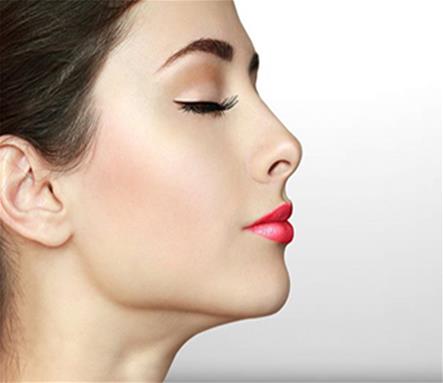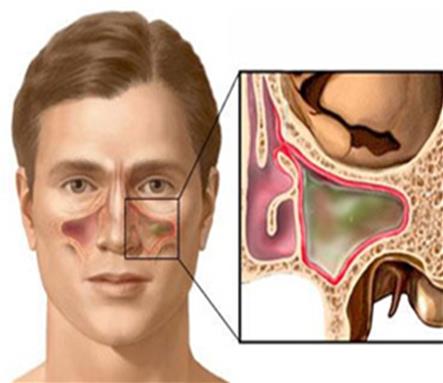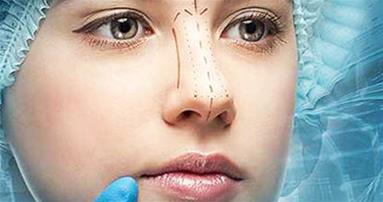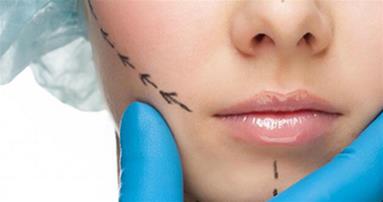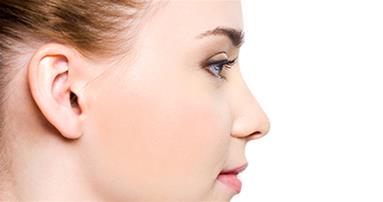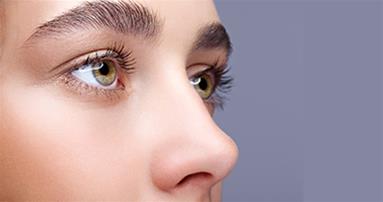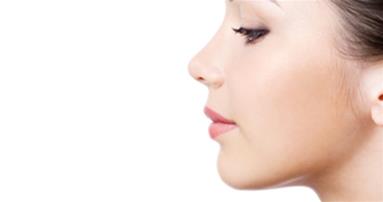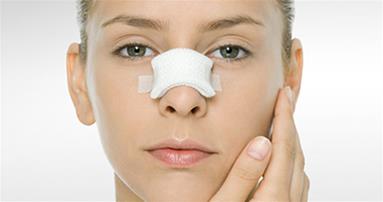Rhinoplasty, or nose surgery, is sometimes referred to as “nose reshaping” or a “nose job.
Nose cosmetic surgery improves the appearance and proportion of your nose, enhancing facial harmony and self confidence. Nose surgery may also correct impaired breathing caused by structural abnormalities in the nose.
While the shape of your nose is usually the result of heredity, the appearance may have been altered in an injury or during prior surgery.
RHINOPLASTY CANDIDATES
Nose surgery is a good option for you if:
- • Your facial growth is complete and you are 16 years of age or older
- • You are physically healthy
- • You have specific, but realistic goals in mind for the improvement of your appearance
Nose cosmetic surgery is a highly individualized procedure and you should do it for yourself, not to fulfill someone else's desires or to try to fit any sort of ideal image.
RHINOPLASTY SURGERY STEPS
Step 1 – Anesthesia
Medications are administered for your comfort during rhinoplasty surgery. The choices include intravenous sedation or general anesthesia. Your doctor will recommend the best choice for you.
Step 2 – The incision
Surgery of the nose is performed either using a closed procedure, where incisions are hidden inside the nose, or an open procedure, where an incision is made across the columella, the narrow strip of tissue that separates the nostrils.
Through these incisions, the soft tissues that cover the nose are gently raised, allowing access to reshape the structure of the nose.
Step 3 – Reshaping the nose structure
Surgery of the nose can reduce or augment nasal structures with the use of cartilage grafted from other areas of your body.
Most commonly, pieces of cartilage from the septum, the partition in the middle of the nose, is used for this purpose.
Occasionally a piece of cartilage from the ear and rarely a section of rib cartilage can be used.
Step 4 – Correcting a deviated septum
If the septum is deviated, it is now straightened and the projections inside the nose are reduced to improve breathing.
Step 5 – Closing the incision
Once the underlying structure of the nose is sculpted to the desired shape, nasal skin and tissue is redraped and incisions are closed. Additional incisions may be placed in the natural creases of the nostrils to alter their size.
Step 6 – See the results
Splints and internal tubes will likely support the nose as it begins to heal for approximately one week.
While initial swelling subsides within a few weeks, it may take up to a year for your new nasal contour to fully refine.
During this time you may notice gradual changes in the appearance of your nose as it refines to a more permanent outcome. Swelling may come and go and worsen in the morning during the first year following your nose surgery.
A nose surgery procedure to improve an obstructed airway requires careful evaluation of the nasal structure as it relates to airflow and breathing. Correction of a deviated septum, one of the most common causes of breathing impairment, is achieved by adjusting the nasal structure to produce better alignm
NOSE SURGERY RECOVERY
After your procedure is completed, a splint, internal tubes or packing will likely be placed inside your nose and a splint or bandages placed on the outside to support and protect the new structures during initial healing.
You will be given specific instructions to follow during your recovery from rhinoplasty: How to care for the surgical site, medications to apply or take orally to aid healing and reduce the potential for infection, specific concerns to look for at the surgical site or in your general health, and when to follow up with your plastic surgeon. Be sure to ask your plastic surgeon specific questions about what you can expect during your individual recovery period.
WHAT TO EXPECT
• You may be up and about in 2 days, but it will be several weeks before you are entirely up to speed.
• Feeling depressed is normal.
• After surgery, particularly during the first 24 hours, your face will feel puffy.
• A small amount of bleeding is common during the first few days.
• A splint is applied immediately after surgery for 7 days. Nasal packs may also be used.
• Minimal postoperative pain.
• Your nose may ache and you may have a dull headache.
• Temporary swelling and bruising around eyes and nose will increase at first and peak after 2 or 3 days. Most swelling and bruising should disappear within 2 weeks. Some subtle swelling (noticeable only to you) will remain for several months.
• Healing is a slow and gradual process.
• Some numbness may be present around the operative areas.
• Black eyes and swollen nose and eyelids for 7-14 days.
• You may experience some discomfort with breathing.
• Swollen nasal tissues may cause nose to seem "stuffed up" for several weeks.
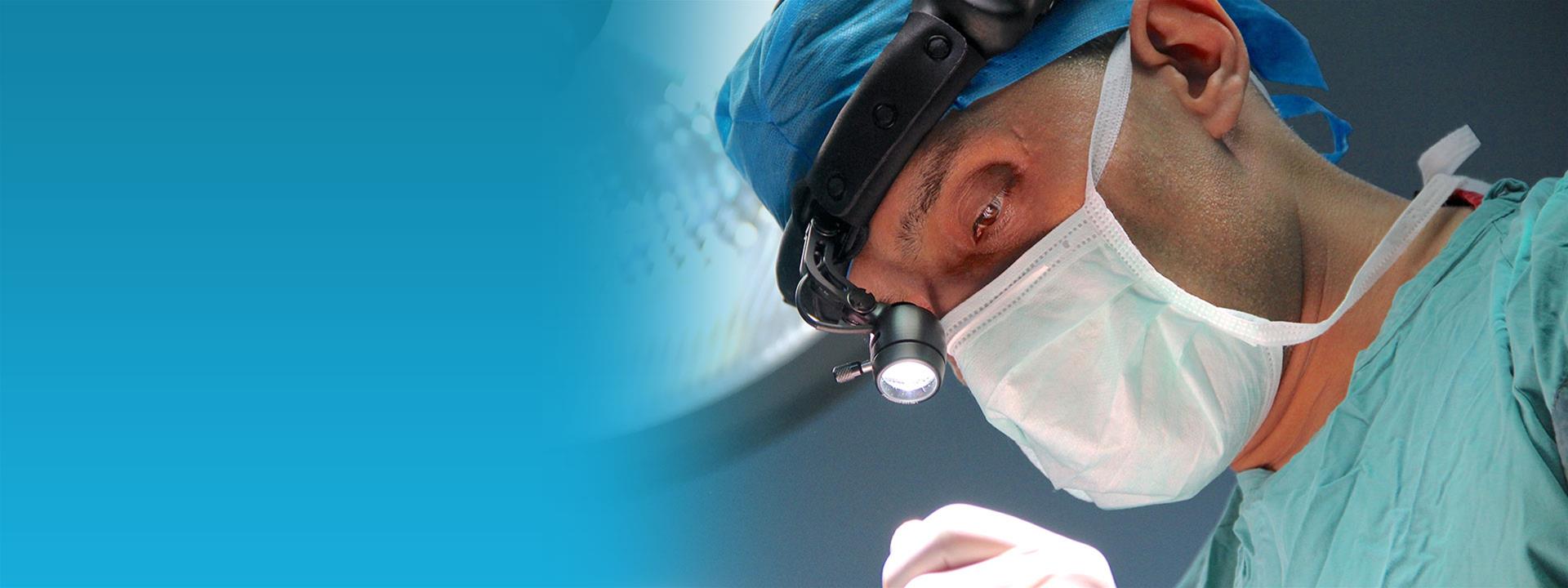




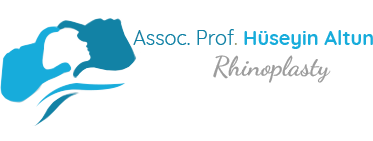


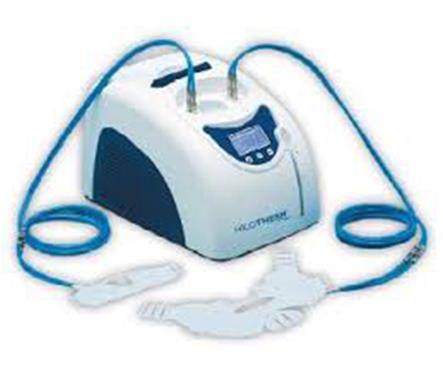


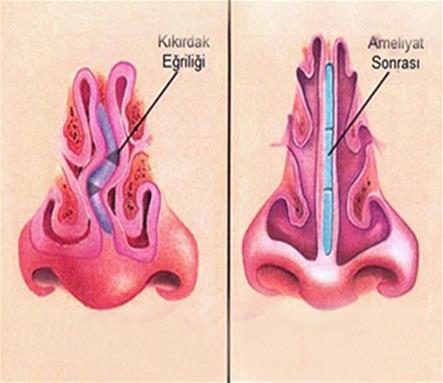
@443x383.jpg)
@443x383.jpg)
